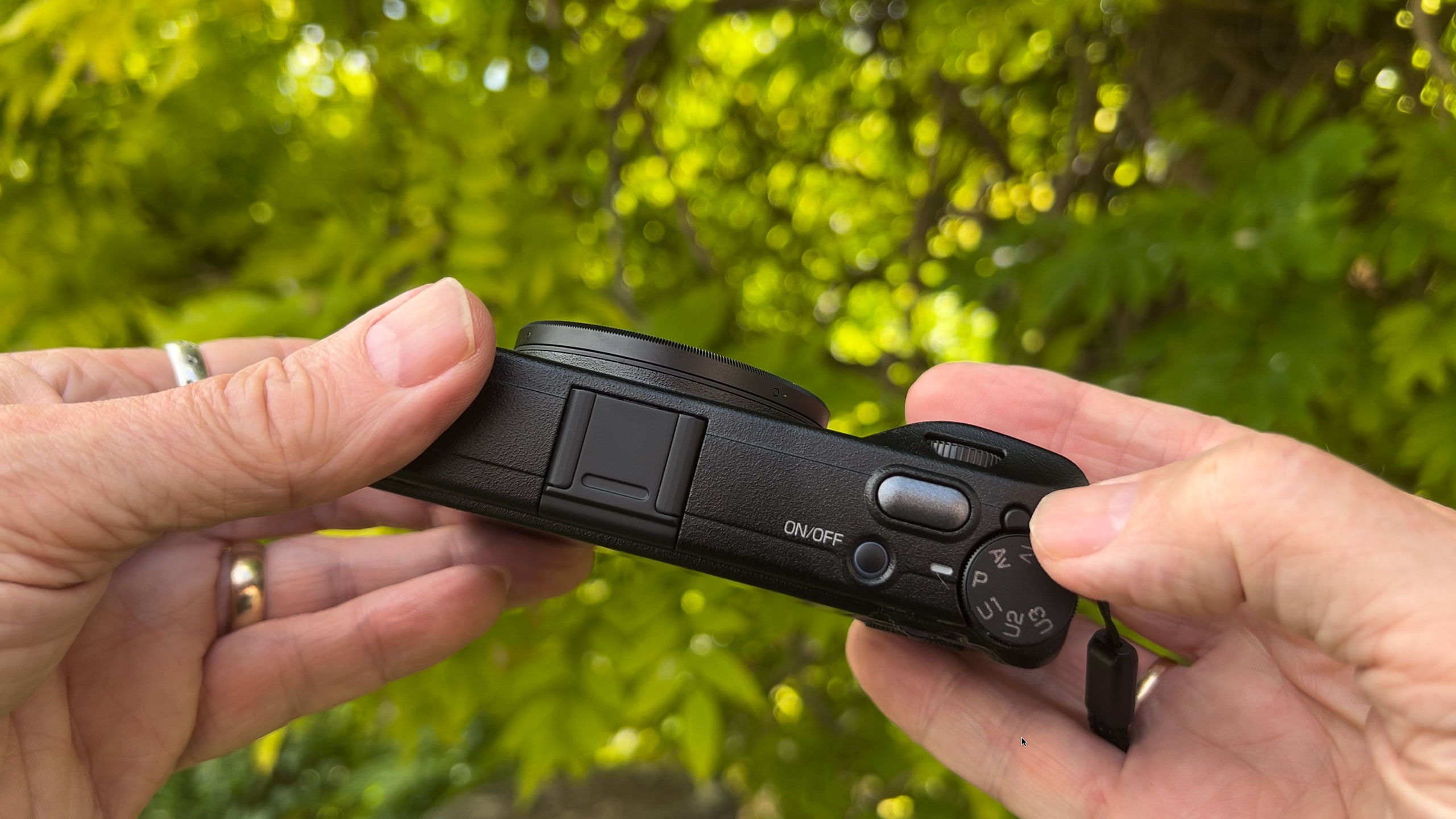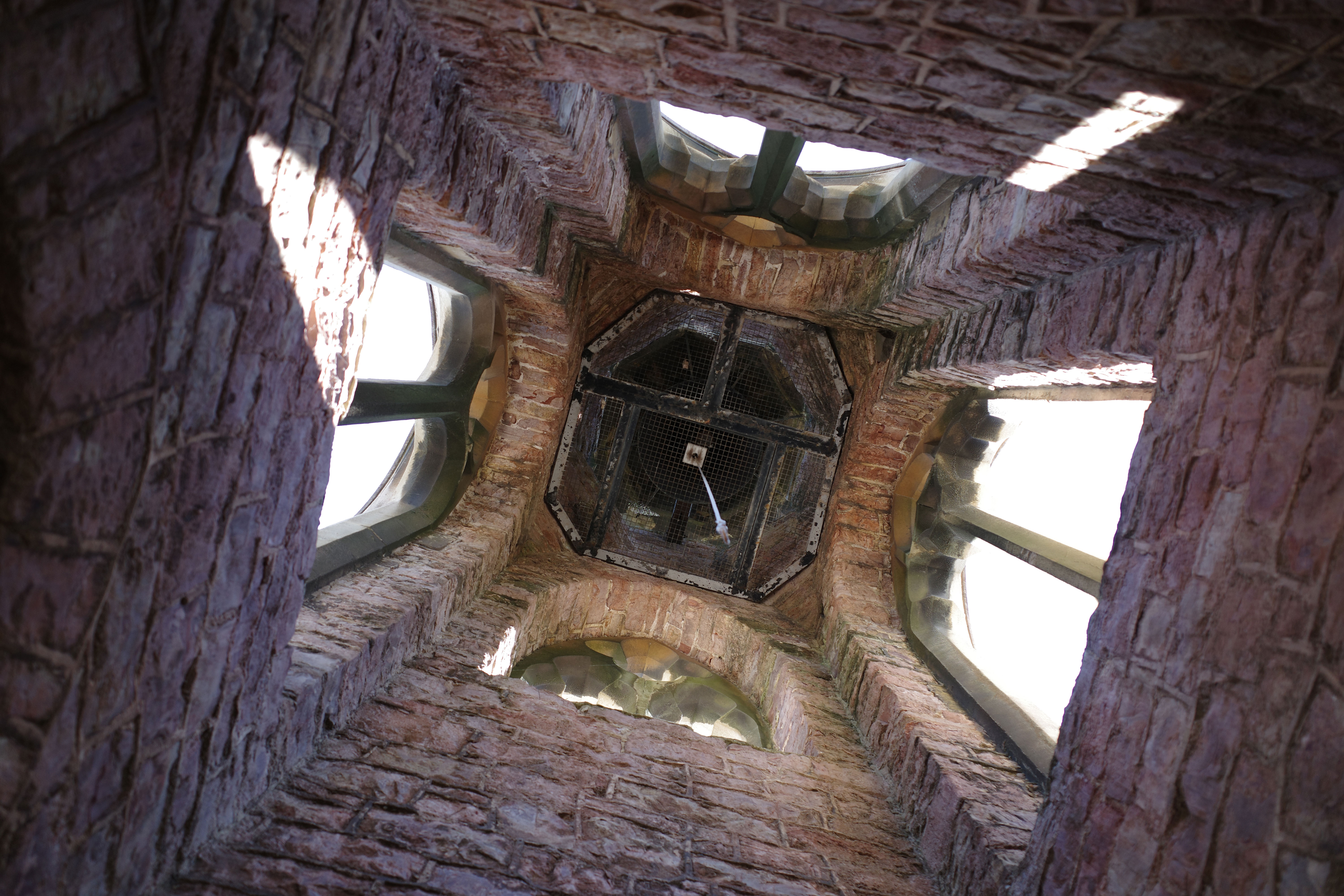
When you think of the Ricoh GR III, you think of one camera – a pocket-sized premium compact with an APS-C sensor, a fixed focal length lens and a serious reputation amongst serious photographers.
It fills a lot of needs. Its small size and quality makes it perhaps one of the best point and shoot cameras, or among the best cameras for travel. But it’s not just one camera. Actually there are four distinct variants, and some special editions, with a history that makes the whole line-up, past and present, very confusing indeed.
Right now there are two principal versions. The Ricoh GR III is the original, with a 28mm equivalent f/2.8 fixed focal length lens. But this has been joined by a later Ricoh GR IIIx with a longer focal length 40mm equivalent f/2.8 lens for photographers who prefer a slightly narrower angle of view.
Now for the ‘HDF’ bit. The regular GR III and GR IIIx come with a switchable 2x ND filter, a physical filter toggled by a button and useful, perhaps, in bright light. The newer HDF versions swap this for a Highlight Diffusion Filter, and again you can toggle this with a button. This adds a soft glow to highlights for a subtle ‘analog’ look.
So when you combine these permutations, there are in fact four distinct GR III variants to choose from today (and that's before limited edition color variations). Got that? OK, so now for the historical variants, which always have the potential for confusing the heck out of people (me, anyway).
First came the GR Digital in versions I-IV. These used smaller point-and-shoot size sensors, so while they were serious cameras in their day, they are not in the same league as the modern versions. The modern cameras dropped the ‘Digital’ in the name and swapped to a much more desirable APS-C sensor, and the GR III models are the latest incarnation.
That’s quite a lot of history – sorry. But now we’ve got our bearings, let’s get on with the review.

Ricoh GR III HDF: specifications
Ricoh GR III HDF: price and availability
The Ricoh GR III HDF costs around $1,067 in the US and £1,049 in the UK. It’s around $80 / £50 cheaper than the GR IIIx HDF version. That seems plenty for what looks like a pocket-sized point and shoot, but the GR III HDF is rather more than that. It’s a lot cheaper than the Fujifilm X100 VI (and more readily available) and while it lacks many of that camera’s features, it’s somewhat less pretentious and massively more pocketable. You can get Canon PowerShots and Sony RX100s with zoom lenses and 4K video at this price, but only if you accept a much smaller 1-inch sensor. In many ways, the GR III HDF is out on its own.
Ricoh GR III HDF: design and handling



The Ricoh GR III HDF is so compact, given its sensor size, that you never quite get used to it. If it had a 1-inch sensor, you would say that Ricoh had done well to make it so small, but the fact is that it has a much larger APS-C sensor, so its size is just uncanny. You can put it in a trouser pocket and forget it’s there, or even a shirt pocket. This is a proper camera with a proper sensor that’s out on its own for portability.
But then that involves some compromises. There’s no EVF, for a start, and that wouldn’t be so bad if the rear screen had some serious brightness and a flip-out pivot, but it has neither. You can ramp up the brightness manually for use on sunny days, but you’re still left with a pretty primitive viewing system.
And don’t be fooled by the ‘grip’ on the right side of the body. This purposeful-looking protuberance is better than nothing, but you can’t curl your fingers round it very far before your fingernails crunch up against the lens barrel.


The controls, however, are rather good. The main mode dial has a locking button to prevent accidental mode changes, and the clever clickable spring-loaded Adj dial on the back controls a lot of camera functions and makes light work of all of them. There are no control dials as such, but a rotating ring around the four-way controller on the back which, thankfully, doesn’t have to do too much.
It’s worth mentioning the lens. Good as it is optically (and it is very good) it is electrically driven. Motors move it into position when you power up and motors (obviously) move it for focusing. There’s no focus distance scale, no depth of field markings and no manual focus ring – this is done from the camera body. The camera itself has a strong physical feel, but the lens operation lets it down a little.
Ricoh GR III HDF: Performance



The images from the Ricoh GR III HDF are as good as those you would expect from any APS-C camera, of any size. The design may look as if it’s been around for years, but there’s nothing wrong with the detail rendition or the resolution of its pint-sized lens in regular shooting situations. It’s worth pointing out that this camera’s 16.3mm f/2.8 lens is a fraction of the size of any equivalent lens for other APS-C camera systems. It’s unexpectedly good at higher ISOs, too – some of our samples were shot at ISO 3200 in a museum and have remarkably good detail with not that much noise.
The autofocus is good but not stellar. It can focus quickly enough for most situations but doesn’t quite have the speed and responsiveness of some modern rivals. If you press the shutter release quickly in a single action it will swap to the Snap Focus mode. This is faster but sets the focus to whatever set distance you’ve chosen in the settings.
This Snap Focus mode is also available separately if you prefer zone focusing, and the camera does come with a “DOF Priority (Deep)” Program Line, though it’s hard to see why you wouldn’t just switch to A mode and choose a small aperture, which seems the simplest solution.
While it feels very responsive for single images, the GR III HDF is not a camera for action bursts. Ricoh doesn’t quote a frame rate for continuous shooting but it feels to be around 4fps. It doesn’t have much of a buffer capacity either.
Ricoh GR III HDF: sample images
Here are some sample images taken with the Ricoh GR III HDF. The 28mm equivalent focal length proves to be very well suited to street photography and grabbed shots. It’s close to the kind of perspective and angle of view of a smartphone.







Ricoh GR III HDF: lab results
For our lab data comparison we're using results from the regular GR III rather than the GR III HDF. The two cameras are fundamentally identical when the HDF feature is disabled, and we would disabled it when conducting a lab test. We've pitched the GR III against similarly compact cameras with relatively large image sensors: the Fujifilm X100VI, Leica D-Lux 8 and the Olympus PEN E-P7.
Resolution (line widths/picture height):

Resolution is measured using standardized text charts which give results in line widths / picture height, which is independent of sensor size.
The GR III (HDF) scores well for a 24MP APS-C camera, but ultimately the 40MP X100VI was always going to come out on top for resolving fine detail.
Dynamic range (EV):

Dynamic range is a measure of a camera's ability to record extreme brightness ranges and still retain detail in the brightest and darkest parts of the scene. It's measured in EV (exposure values, or 'stops').
Though the GR III (HDF) doesn't quite lead the pack at low ISOs, it captures excellent dynamic range as sensitivities increase.
Signal to noise ratio (decibels):

This test compares the amount of random noise generated by the camera at different ISO settings as a proportion of the actual image information (the 'signal'). Higher values are better and we expect to see the signal to ratio fall as the ISO is increased.
All four cameras are closely matched here, but the GR III (HDF) performs well at all but the highest sensitivities.
Ricoh GR III HDF: verdict

The limitations of the GR III HDF are easily apparent. There is no EVF and the optional clip-on viewfinders are expensive. It has a fixed focal length lens and while you can swap to crop mode for ‘longer’ focal lengths you lose resolution. There is a twist-on optical wide-angle conversion lens, but it’s bulky and expensive. The rear screen is hard to see in bright light unless you crank the brightness up to maximum and the 200-shot battery life is a serious limitation.
But it does have some good qualities that are hard to set aside. For an APS-C camera it is just bafflingly, laughably small. What other camera of this quality can fit in a shirt pocket? Despite its size it has physical controls which are well-spaced and effective, and not just for beginners but for more experienced hands-on control freaks too. And while you might imagine that such a tiny lens on an APS-C sensor just wouldn’t be very good, you would be wrong. The lens on the GR III HDF is very good indeed.
So what about that HDF filter? It means you lose the 2-stop ND filter of the standard camera, but I never felt that 2 stops was enough to achieve much anyway. It might allow you to use a wider aperture in very bright light, but it’s nowhere near enough to achieve motion blur effects with long exposures.
But is the HDF filter any better? For a start, its effect is very subtle. That might sound like a good thing, but in practice it can be hard to see whether it’s been used or not. It’s also a ‘hard’ effect, so there’s no going back later if you change your mind. Personally, I’d much rather apply this kind of effect in post, where you get both choice and control.
If I had a choice between the regular and HDF versions of this camera I’m not sure I’d care very much at all since I probably wouldn’t use either filter. But if I could learn to put up with the lack of an EVF, the weedy rear screen and battery life, and the fixed 28mm equivalent focal length, I think I could become a fan – and the Ricoh GR III has plenty of those.

✅ Buy it...
- If you want a genuinely pocketable street/travel camera with ‘proper camera’ image quality
- If a 28mm equivalent focal length suits your style and matches your own vision
- If you can’t get an X100 VI! Seriously, the GR III HDF is smaller, cheaper and in some ways better
🚫 Don't buy it...
- If you spend a lot of time shooting in bright light – the rear screen must be turned up to max
- If you need to go a long time between charges – the 200-shot battery life is weak by any standards
- If you need to shoot video. The GR III HDF can film at 1080p, but these days 4K capture is the baseline for vlogging and filmmaking







